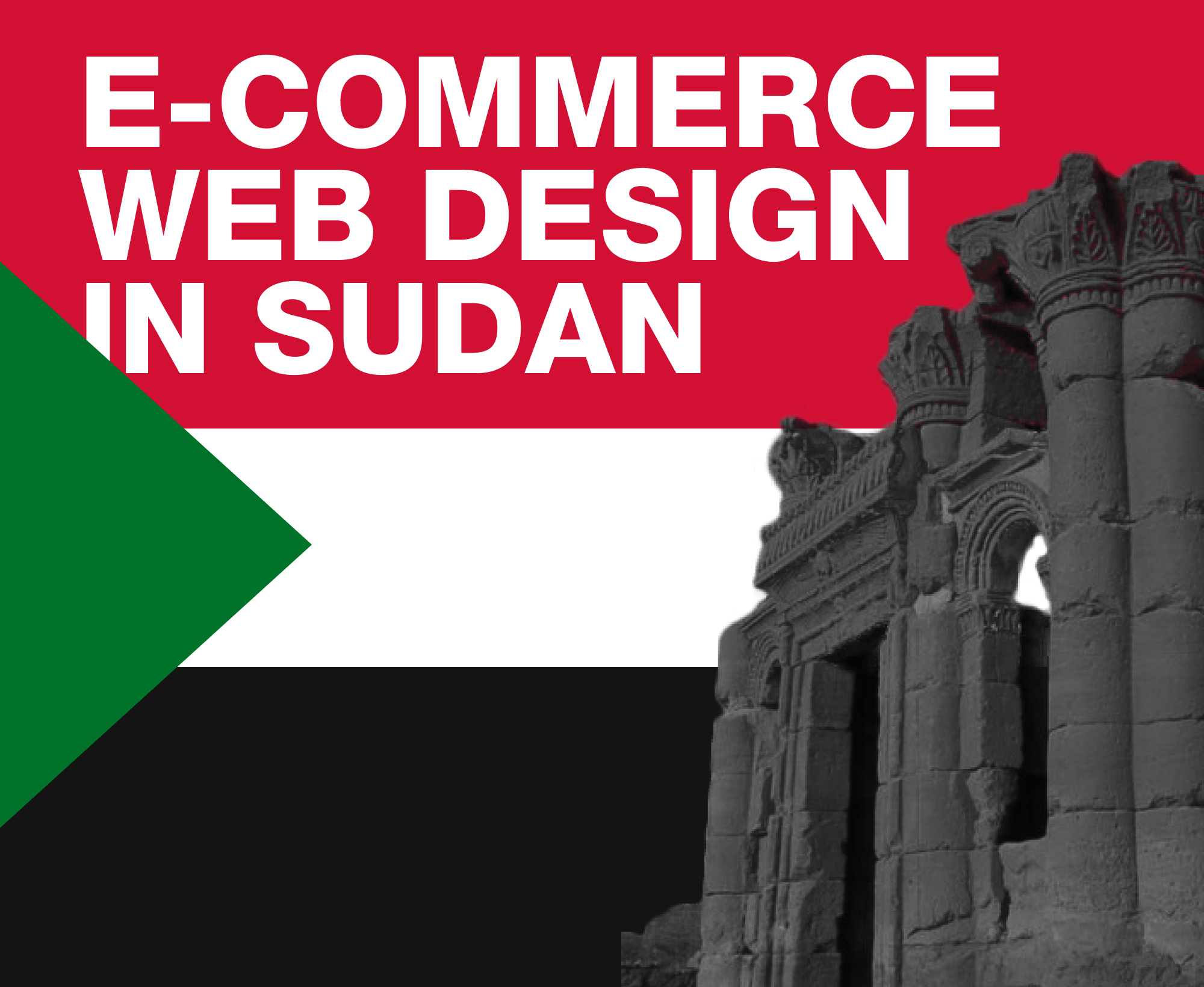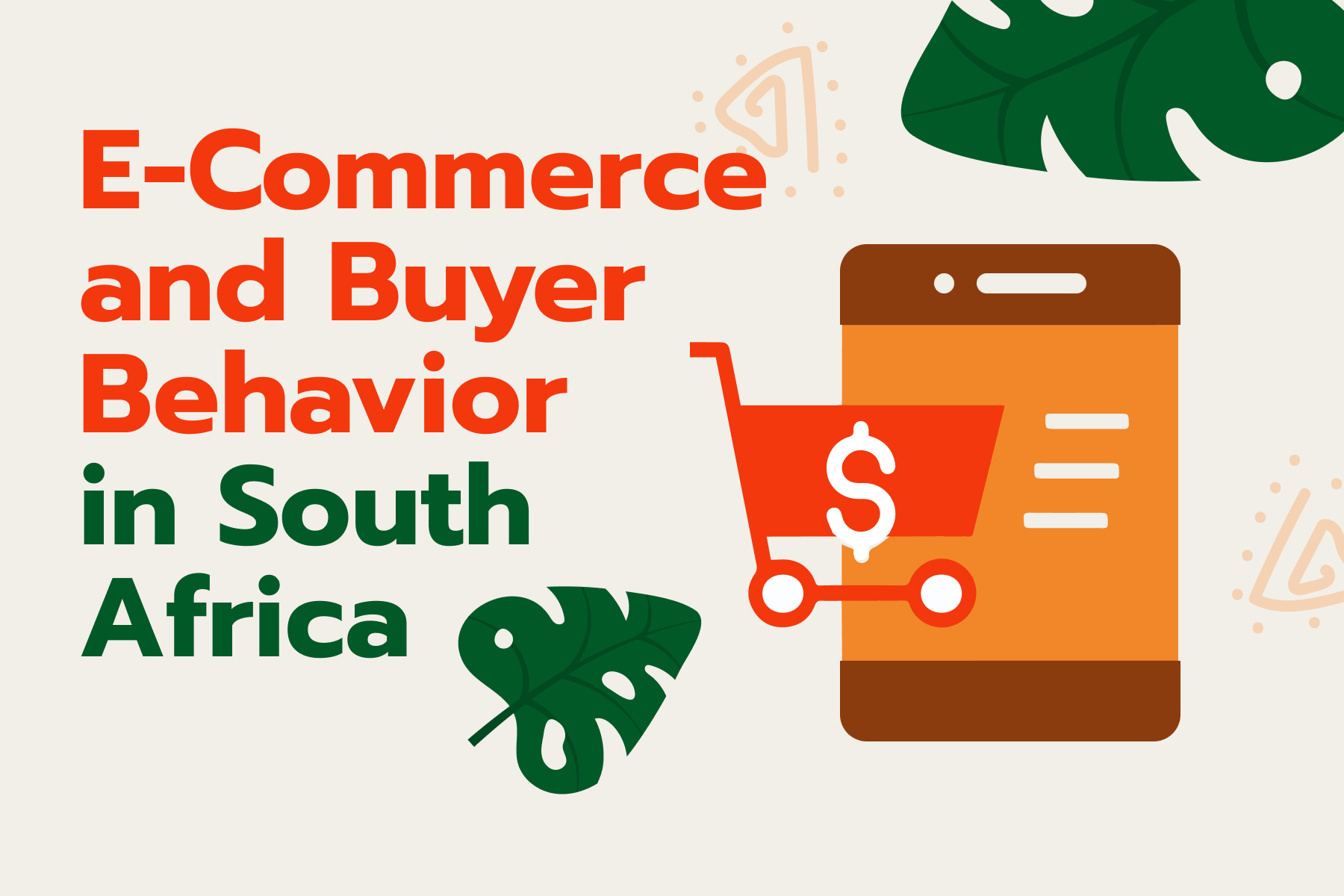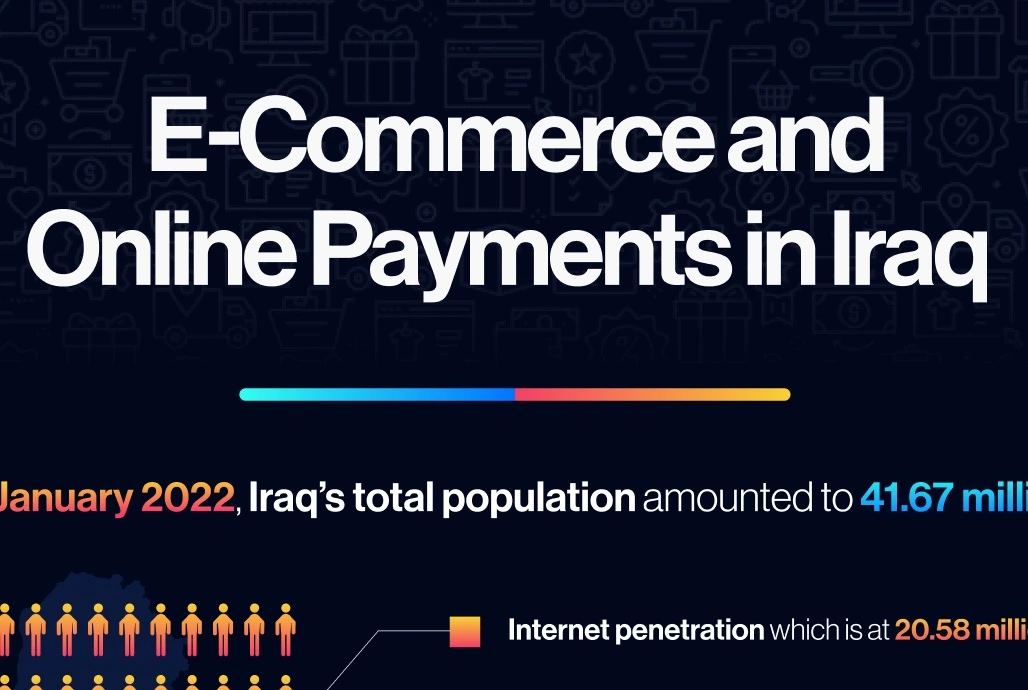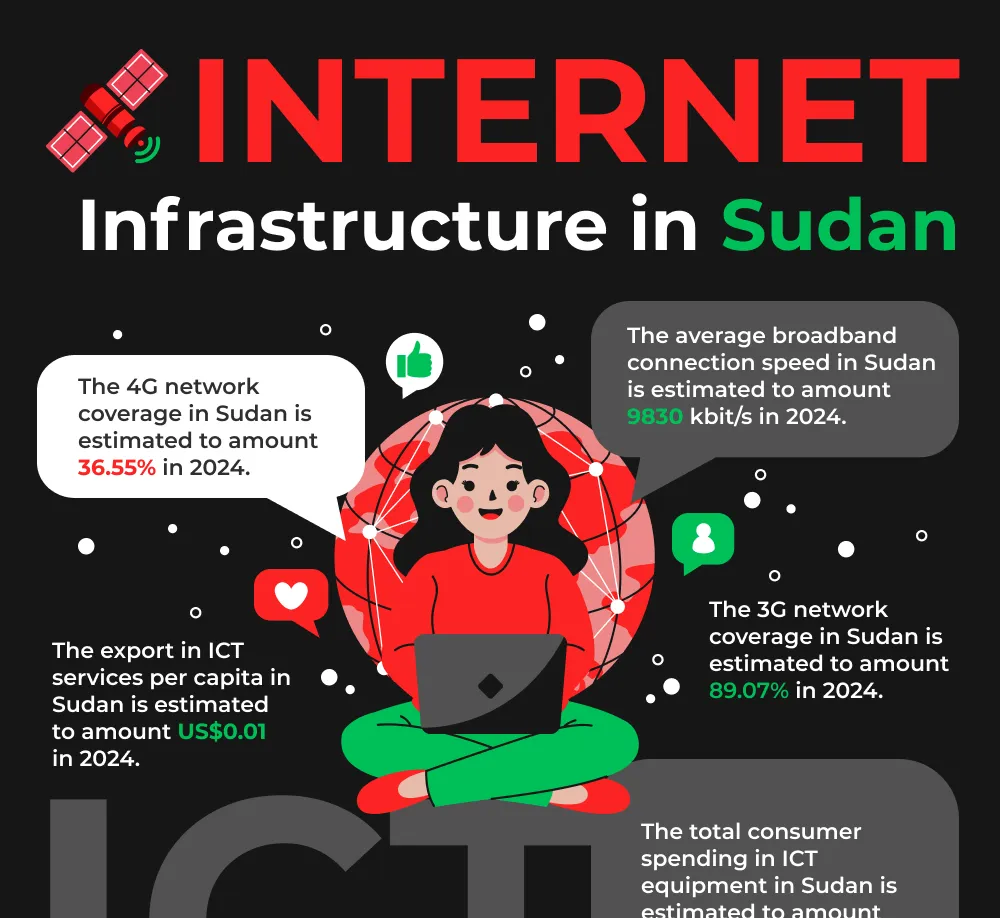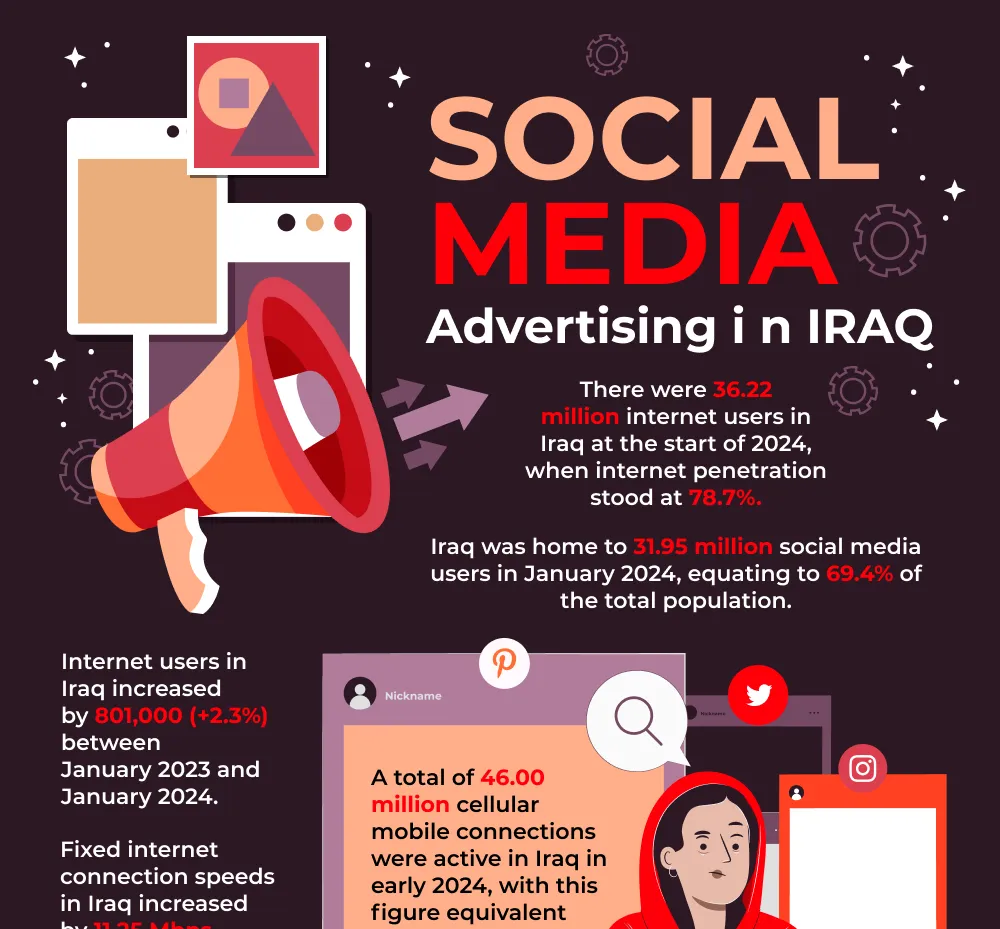E-Commerce websites are meant to attract a large customer base to the online store of the business to make a lot of sales. Having a great website design is the first step towards attracting customers to your website. Believe it or not, when you don’t have a good design, even if your products are really good, people who visit your website will be thrown off by what they see.
For any market, before you can get people to visit your E-Commerce website, your website must have a good interface, nothing sophisticated – just simple, yet looking appealing enough that it does not turn away visitors who are opening the site for the first time.
Therefore, in the UAE, it is important to understand the kind of people you want your E-Commerce business to target – understand their habits, what they like and things they dislike, what drives them to make a purchase, and generally everything that appeals to them.
(User Interface) UI design, just like (User Experience) UX, is focused on the customers and prospects. The idea behind UI is to design a website with an interface that will appeal to the customers (visitors). The positioning of the icons, tabs, and menus on each page should be considered to avoid designing a website just like every other website out there.
You want the website interface to stand out – there are many online stores out there – so it is important that you observe the other websites that already exist and look for things they don’t have. You can just add a little element to make your own web design better than all others – you don’t really have to change everything.
The importance of attractiveness in a website cannot be overemphasized. Most business owners invest a lot of money into advertising for their E-Commerce businesses because they expect to use that means to draw more prospects. However, if after drawing people to the website and don't like the website's design, there is a high probability that they will leave and never return.
A customer's journey through an online store follows a process whether they have an idea of what they want to purchase or not. The processes will include all or some of the following:
- They enter the homepage or category page of the site
- They use the elements in the website for navigation in order to make themselves more acquainted with the store
- Do a review of the descriptions of the products that stir up an interest in them as well as check out the details accompanying the purchase of those products
- If they can, they customize some specs of the products and then, they add the products to their cart
- Finally, they check out
E-Commerce UI design best practices
-
Let the design be responsive
During the design stage of a website, you need to consider where most visitors to the website will come from. For example, most persons today use their mobile phones to shop on the internet. Knowing this, designing a website for desktops only will hurt the E-Commerce business rather than benefit it.
When designing a website, you must have other screens besides a desktop at the back of your mind, such as mobile phones and tabs. This is what it means to have a responsive design; having a responsive design enables the prospects and shoppers in the UAE market, using these various devices to visit your online store and make purchases.
Like in the desktop case, you also want the appearance of the online store on a mobile phone or tablet to appeal to customers. It should also be very simple and help users easily find what they are looking for and place their order. The surge in the area of purchases from E-Commerce websites through mobile phones has been estimated to be 75% of total purchases from online stores.
-
Ensure that the website does not have too much design
Professional designs are usually simple most of the time. It is important to only include what is needed when designing a website. As the phrase goes, “Too much of everything is bad.” Too much description, colors, and design elements would only make your website look cluttered and unattractive.
When customers become confused because the interface of a website has too many elements in the design, there will be a lot of bounces, and eventually, the level of sales will drop. However, if you look at existing online stores, you'll find that majority of information is usually not left on the homepage. For instance, on a shopping website such as Ali-Express, details about a product can only be viewed when a shopper clicks on that product.
-
Location of products should be proper and intentional
The interface of your E-Commerce business should have a menu category in which products are outlined, and if there is a different set of products that are being offered for sale, they should be properly sectioned under a generic name. A good layout for differentiating products based on categories and price comparison is a grid. A grid interface makes it easy for a shopper to find the products they want and add it to their cart before they finally pay for them.
-
The navigation of the website should be made simple
Time is not what anyone has, and most people on the internet are usually too busy that they probably don’t want to spend much time trying to search for products and making a purchase. When your website helps users save time, be sure that they are going to come back and even make referrals.
For new visitors especially, if navigating through an online store does not take up much time and is very easy right from the point of searching for products, adding them to a cart, and finally making a purchase; chances are that they would want to shop with that store for a very long time if the quality of the service they receive does not diminish.
One of the reasons a website gets bounces – where visitors or shoppers leave the website without buying anything – is because navigating through the site is not easy (simple). Furthermore, once the bounce rate on a particular website increases, the website's position will also drop in the Search Engine Ranking Pages (SERP).
Before now, online stores used to have jumbo menus which had categories of products and various subcategories. Shoppers always had to go through category after category just to find what they were looking for; this often wasted time and some shoppers who were not patient ended up leaving the site. You can categorize your products, but don’t do that in such a way that complicates navigation.
-
Simple and easy Placement of orders and Checkout
Added to the ease of navigation for users while designing a website, keep in mind that the process involved in adding a product to the cart should be an easy one. Furthermore, the online store should be designed in a way that when shoppers get to the point of making payment, they won’t have to go through much trouble.
The whole procedure must be a smooth and moving one. When you can convert many shoppers to customers, that is when you begin to sell. Placing an order and checking out is where conversion takes place.
-
Show precise and relevant details about products on the product pages
Don’t design an E-Commerce website in such a way that visitors have to start digging up information on products. Although some products tend to have a lot of specs, it is important to just highlight the most important information on a product on the product page and leave the full details for when the visitors click on the product.
Shipping is another point in the journey of a shopper that presents a challenge. Unfortunately, many online stores wait until the shoppers get to the point of checkout before telling the shoppers how much shipping will cost and how much time it will take before the goods get to them.
The shipping cost eventually makes a high percentage of shoppers abandon their carts on the store while others who do not care about the cost of shipping end up abandoning their carts because of the delivery time. However, shipping delays and costs are not the only information that customers need. They also want information on:
- Policy on refunds and returns
- The terms and conditions that are involved and privacy policy
- Available options for payment
- Available options for omnichannel purchase-and-pickup
Present a 30-second pitch
We have elucidated earlier that there is no need for too much information on a product. Instead, use whatever little space that is available to present a pitch that convinces shoppers that the product is a great fit for them. You can, for instance, have an image gallery of the product on the left side of the page, and then every other space can be used to give a summary of the product’s specs.
Do not compromise readability. Clients should be able to properly read the information on a particular product. It should not be difficult at this point to figure out what the relevant details of a product should be. They include;
- Name of product
- Price of the product
- Wish list and add-to-bag buttons
- Product size selector
- Information on delivery and returns (this should appear conveniently on one line)
Further information about a product, such as reviews by other users, might be needed by shoppers. However, they don’t have to be on the product page. A good thing to do is to have a separate page for them and maybe include a link in the product page that leads customers to the review page. If there is still space on the product page, the reviews should be at the lower part of the page, and the link should just send shoppers to the area immediately.
Make Extra UI Elements small
It is good to have extra design elements on a page – widgets, for example, are important. One element that should be on your website is a chat widget. This allows shoppers to contact you when they are confused and need clarification. The good thing about such elements is that they keep a page from being lengthy.
A chat widget, for example, can be placed at a tiny little corner where it does not cover any other information on the page. If the elements are not clicked on, they will not open. You could also use another element to indicate the company’s return policy. Then, when customers want that information, they will click it to find out.
-
Make the variants of a product easy to select
Some shoppers see a product, and the only thing they consider is whether or not they should add the product to their cart and pay for them. However, there are some other products in which shoppers would have a tough time making decisions because they probably prefer the variants of the products before they think about adding them to their cart. What you are required to do as a web designer is to ease the process for them.
For instance, if the online store sells male wears and they select a particular shirt. It would only be stressful for them if you just put in a drop-down that includes a list of the sizes and colors the shirt comes in. But, think about it, if you were a customer and you had to click ‘Color’ or ‘Size,’ after which you begin to sort through various sizes and/or colors to see which one you preferred, wouldn’t that be exhausting?
Most shoppers wouldn’t want to go through all this. This is why we insist that the website's design should make the shoppers’ journey an easy one. Furthermore, you could include a note about out-of-stock variants. That way, you save shoppers the trouble of trying to search for them.
Conclusion
An E-Commerce website that is appealing is one that basically makes money for its owner automatically. As such is the case, the users should be kept in mind during the design stage of the website.

